Whether it was the noise of the flat-six engine from behind, or the slight burst of oversteer as my driver attempted to apply that unit’s 444bhp through cold rear tyres, a ride around Hockenheim proved that much is reassuringly familiar about the new Porsche 911 Carrera S.
That’s entirely by design, of course. As Porsche’s R&D boss, Michael Steiner, notes, since it was first launched in 1963, the 911 has “been the main pillar of the brand”.
So the new 992-generation machine is understandably evolutionary, both in terms of design and driving dynamics. But don’t mistake evolution for a lack of change. As with the car’s design, which freshens the 911’s look while respecting the past, under the bodywork there are plenty of small details and changes. Porsche’s engineers believe that these, in the best spirit of ‘marginal gains’, add up to make a big difference.
A good example of that is how the engine is mounted to the chassis. On every previous 911, dating back to the 1963 original, the engine was mounted via a bracket attached to the crankcase. But on the new car, it’s been mounted directly into the longitudinal members, around 20cm further forward.
New 992-series Porsche 911: details of mild hybrid and plug-in hybrid versions
That has been done to reduce the engine vibrations and improve stability. It does so by a matter of degrees, but when combined with the new lightweight yet stiffer shell (which uses significantly more aluminium), Porsche says it makes a notable difference.
How big a difference do all the improvements to the new car make? In Nürburgring terms, about five seconds: that’s how much quicker Porsche says the new Carrera S is around that track than the previous model.
While a 7min 25sec lap of the Nordschleife is impressive, our first chance to experience the finished version of the new machine (we previously had a ride in a late prototype) came at another German F1 track.
First impressions of the new Porsche 911
The design evolution is clear both when you see the 911 in the Hockenheim paddock and when you sit inside it. From the passenger seat, the 911 is comfortable and spacious. The new 10.9in infotainment system is notable, as are the two seven-inch digital display screens on the dashboard – but front and centre behind the steering wheel is a good old-fashioned analogue rev counter.

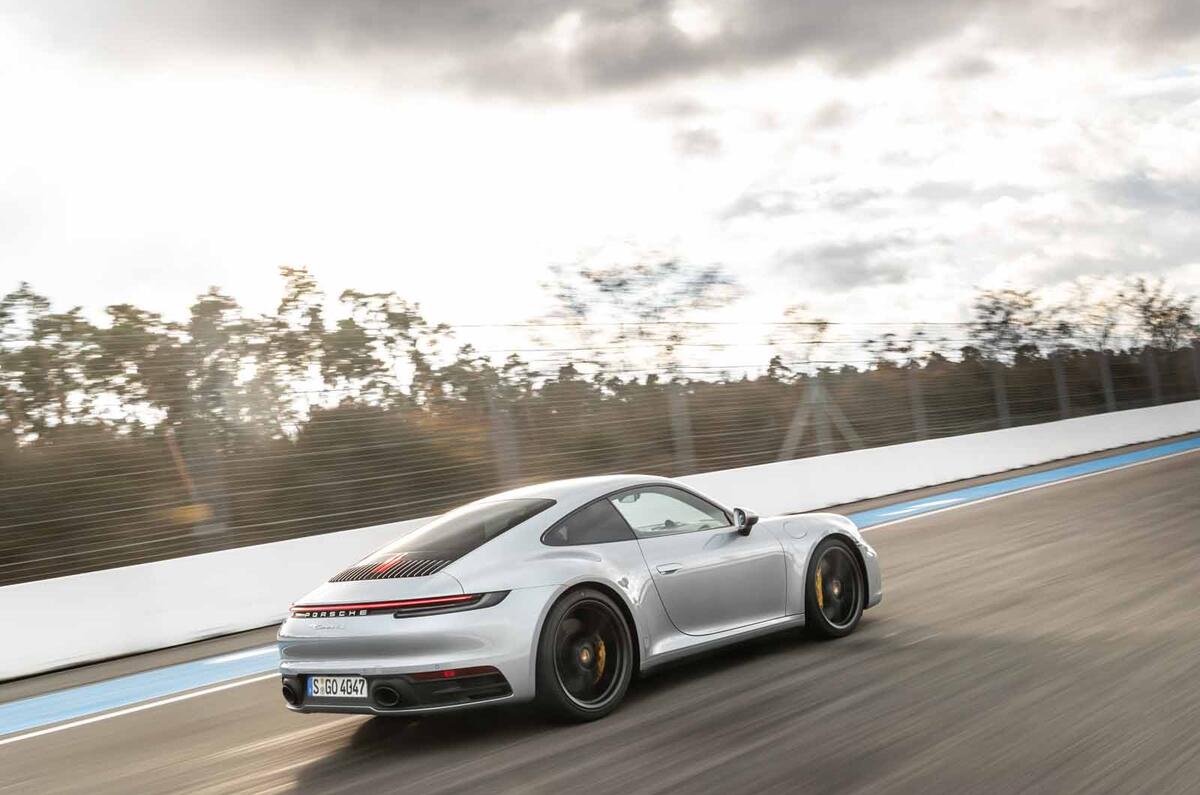
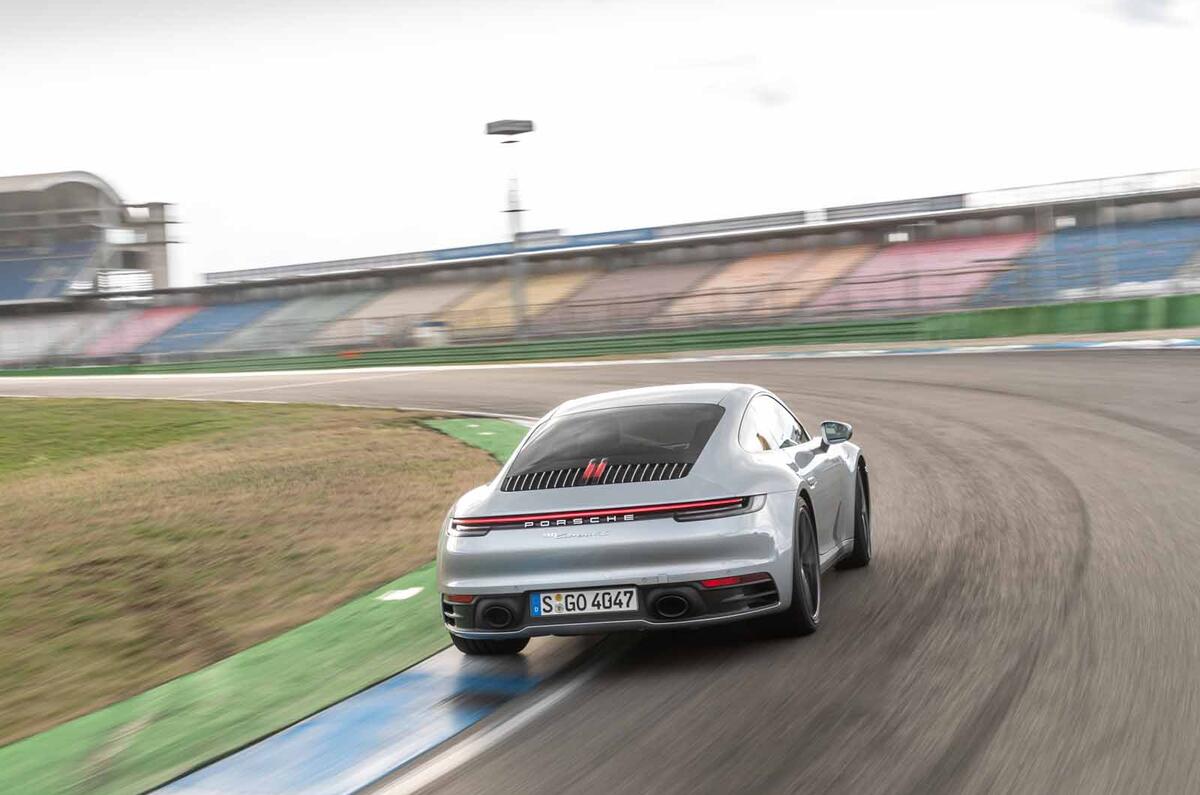
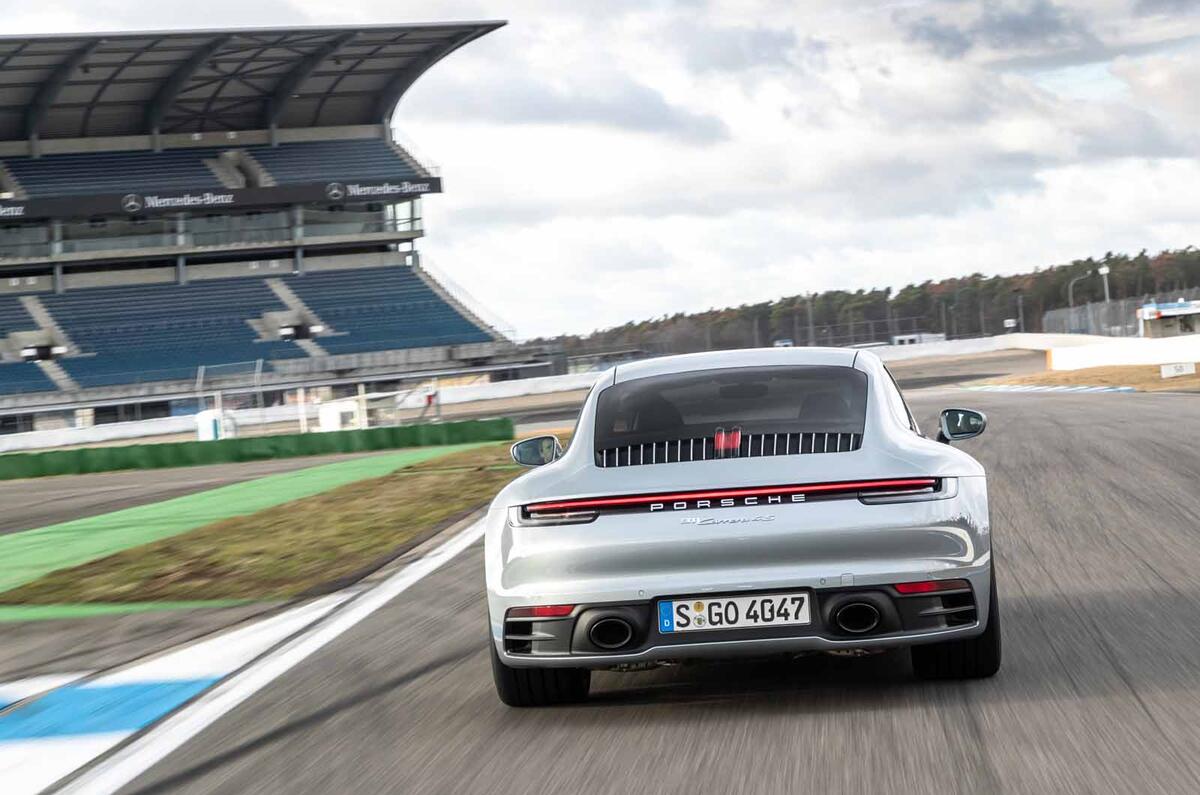

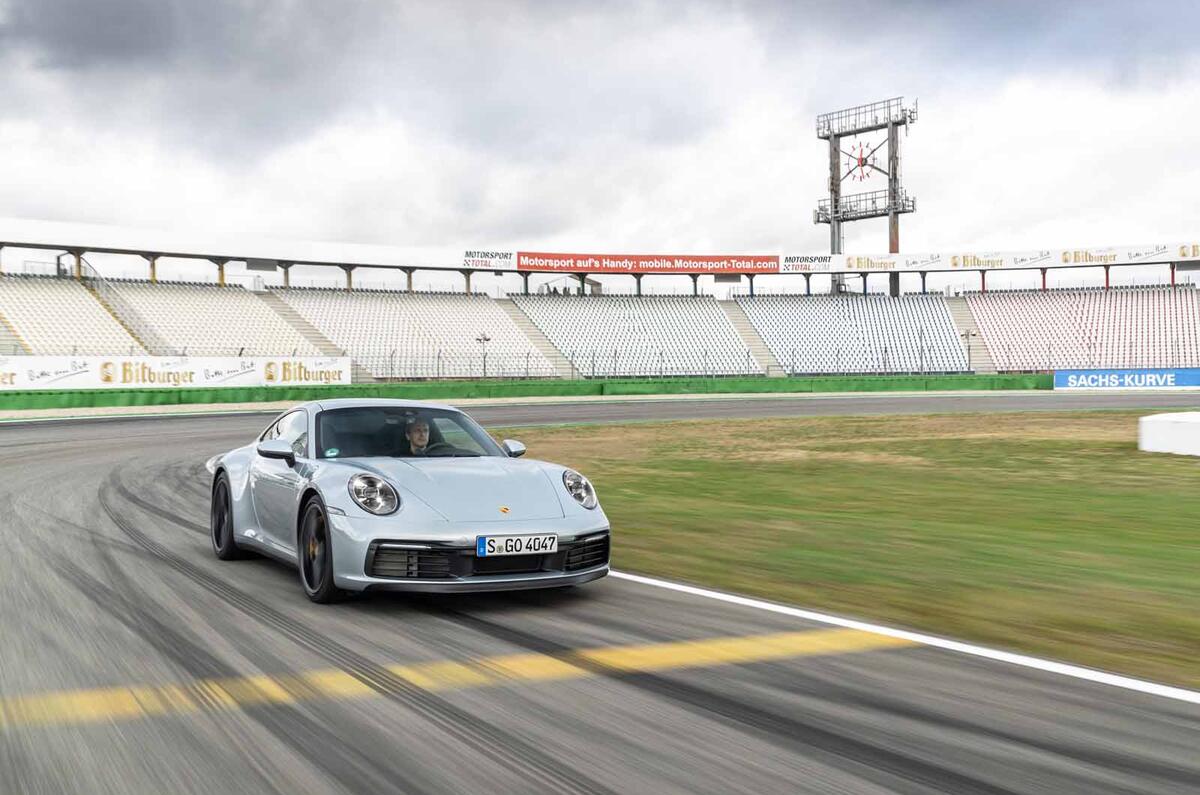
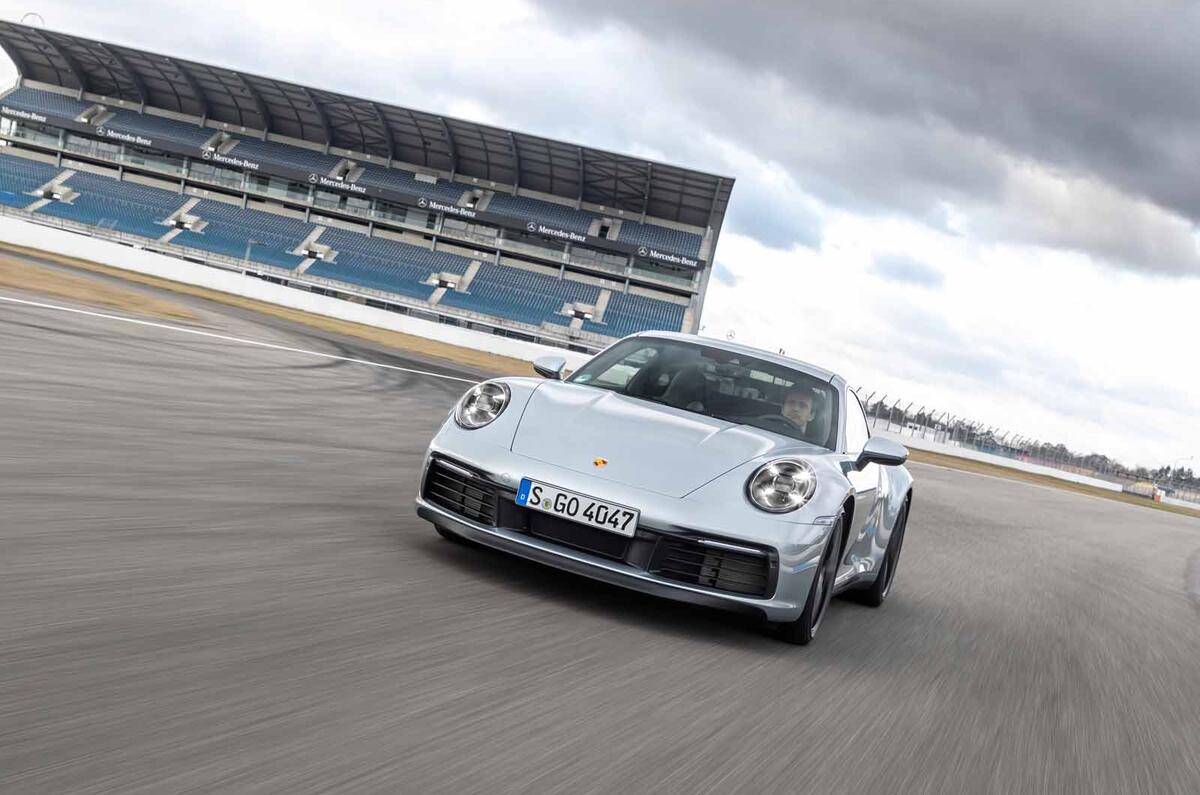
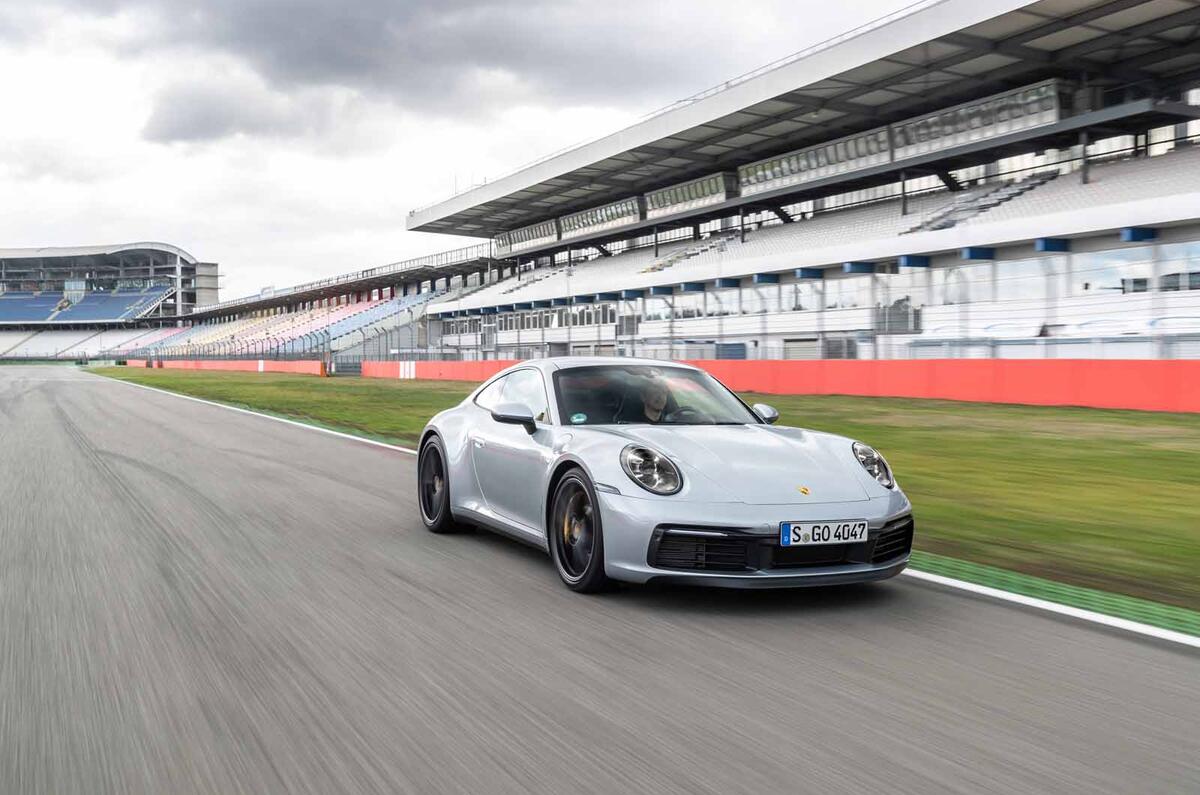
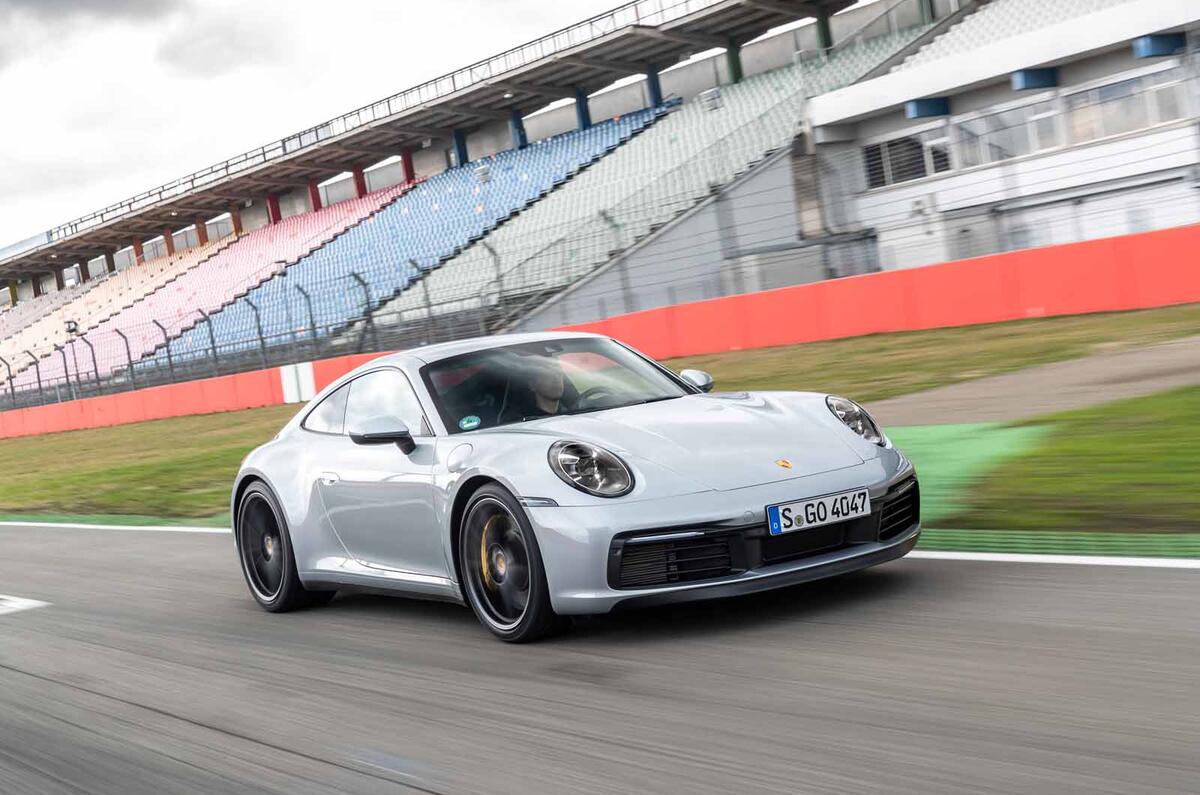
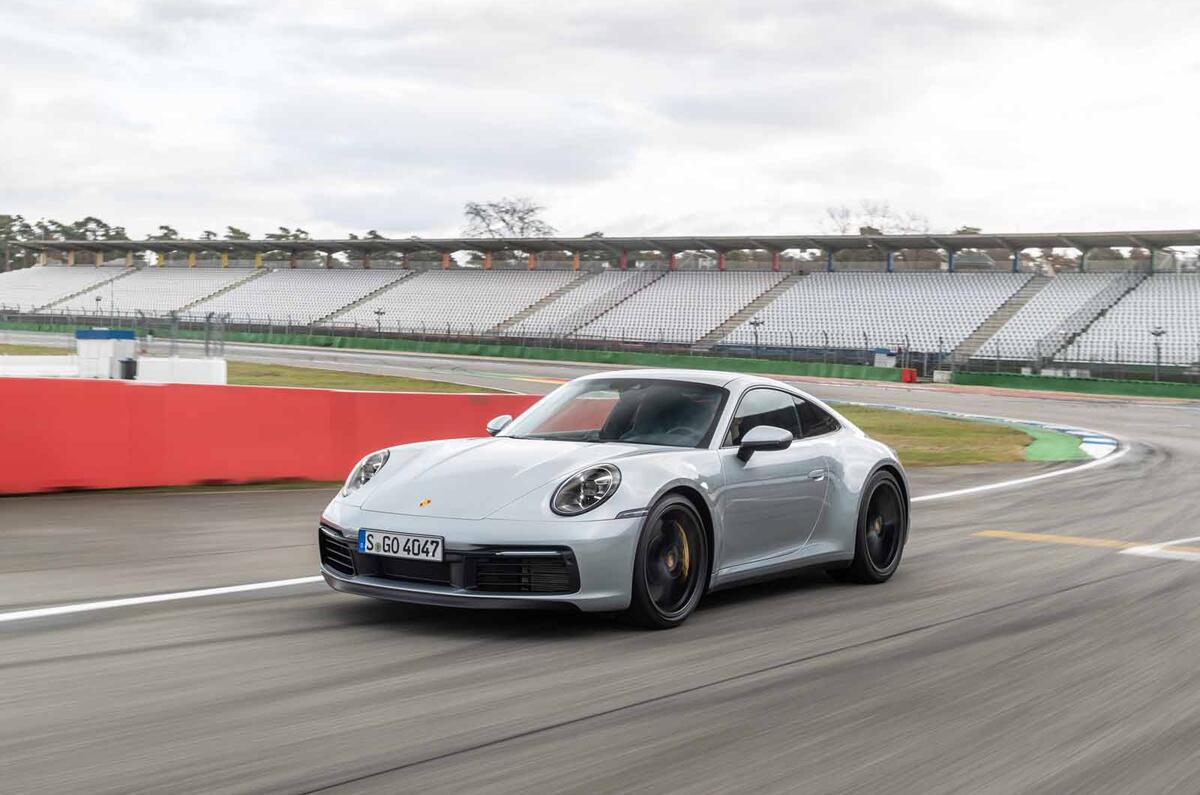
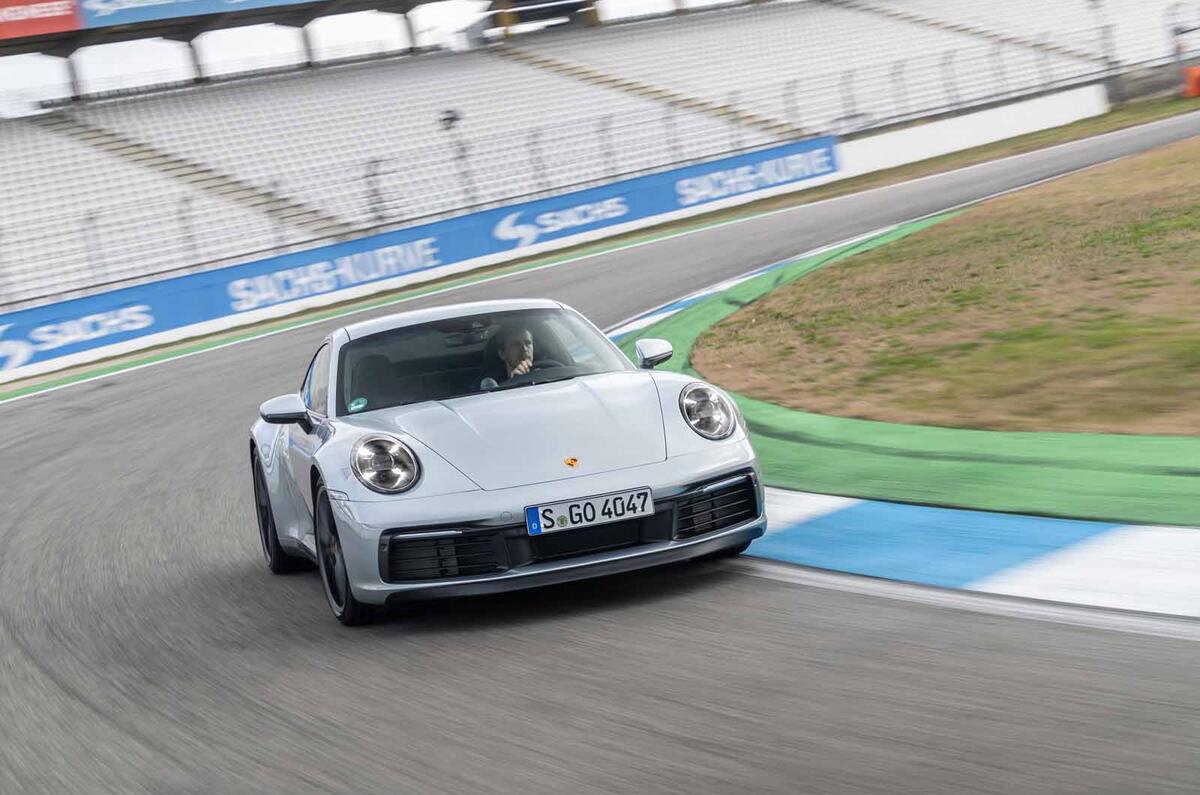
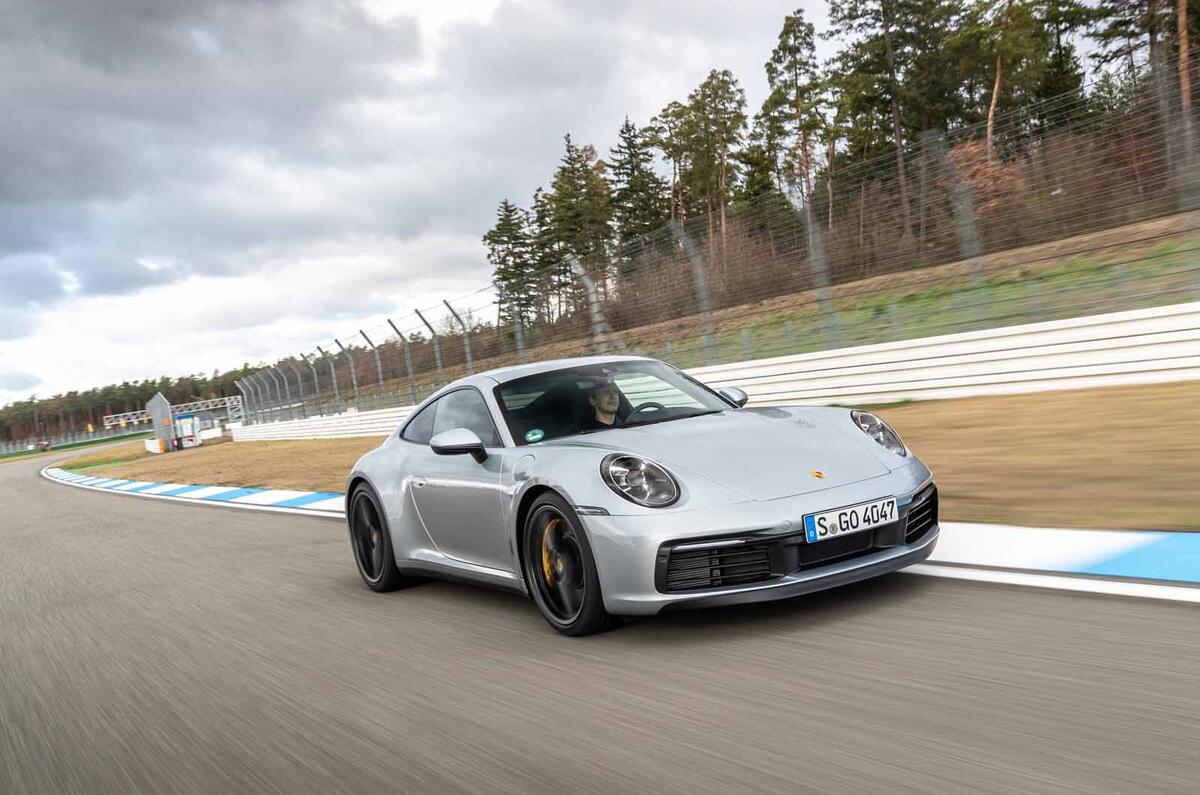
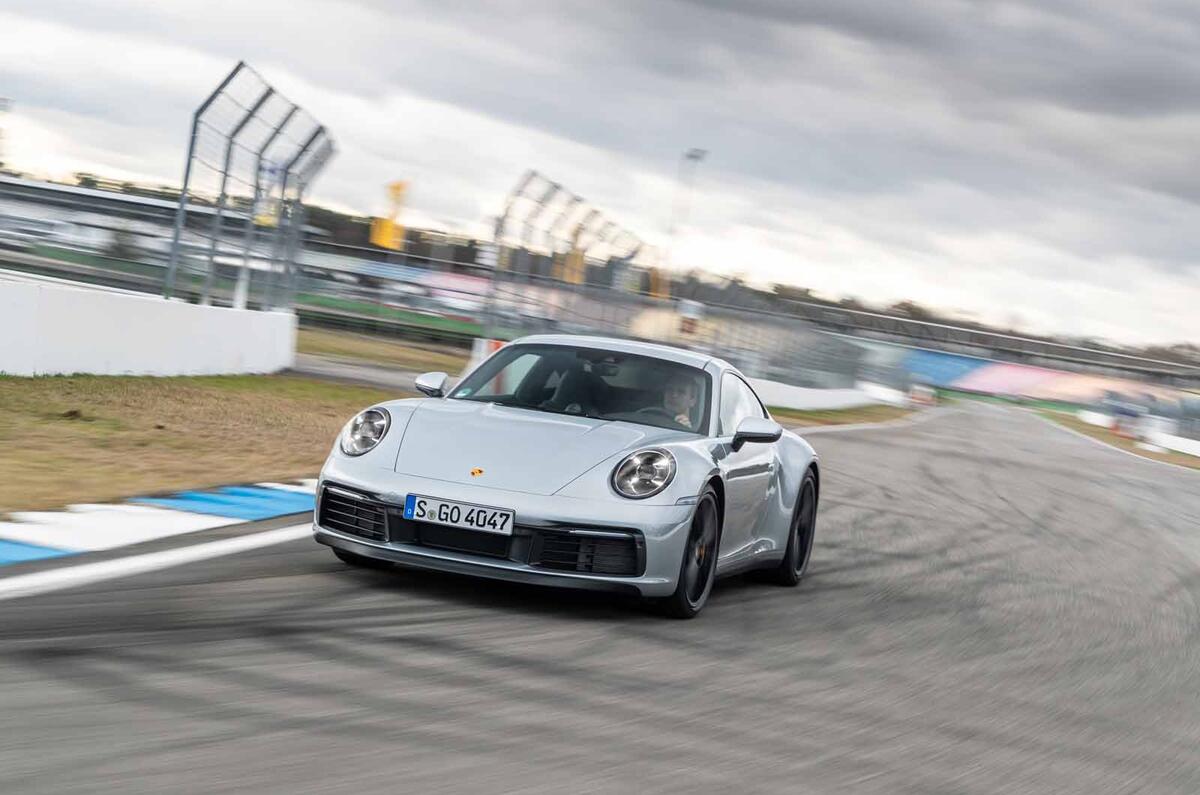
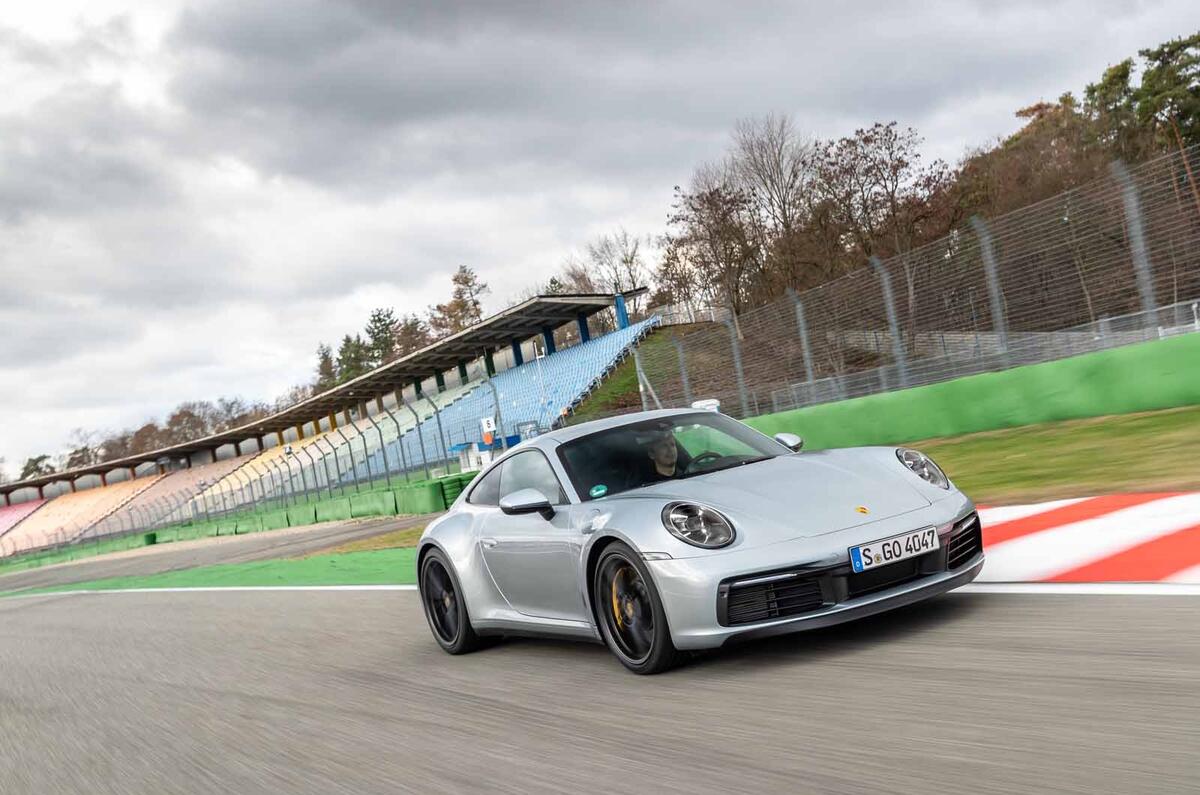
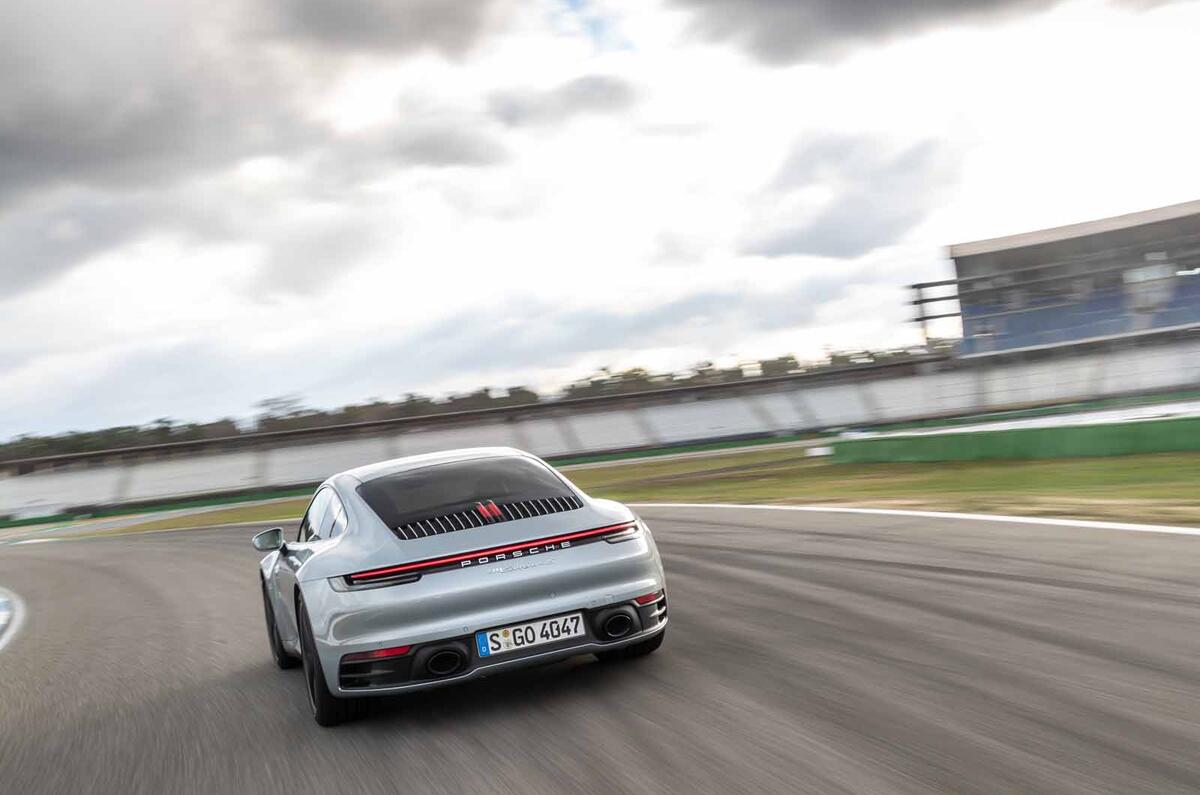
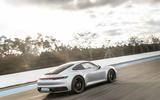
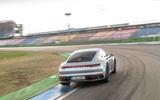
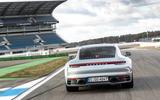
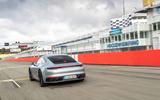
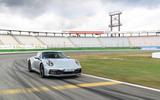
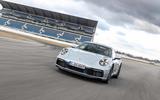
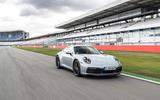
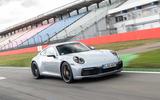
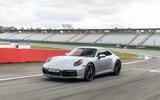
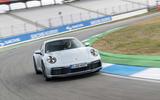
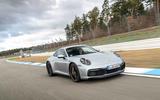
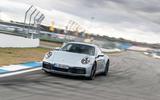
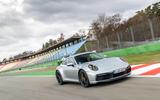
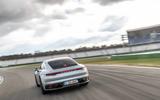






Join the debate
Add your comment
Oozes understated charisma...
like no other sports car. Only wish they'd moved the side-indicator on the front fender to the side-mirror. Would have made for an even cleaner look.
More of the same....
The ring laptime for the 992 is nothing short of staggering - 5 secs faster is incredible.
I love the small detail nods to the past, like the indents in the back of the bonnet, shape of the dash binnacle and background of the central rev counter (though I would still rather have 5 analogue dials).
I'm pleased that despite the S and 4S now sharing the same body shell, the width remains relatively compact at 185cms.
No doubt the engine and new 8 speed PDK will deliver and I expect Porsche is now getting into it's stride with the new 3.0 turbo unit.
It's a pity the old PDK selector has been replaced by what amounts to a toggle switch but that's one of few gripes I have about the interior.
The new seats look more comfortable and I can't wait to get behind the wheel.
Porsche may be a very different company than it used to be but it seems even under Volkswagen, their stewardship of the iconic 911 is in safe hands.
911 the 'Vanilla' Edition
Seems Porsche is making each successive 911 more 'Vanilla', the Honda Accord of the supercar world. That's not necessarily a criticism, actually it's more of a compliment, but it leaves the gap between the regular cars and the GT cars greater than ever, and makes the GT cars, to my mind, even more desirble, and therefore unfortunately even less attainable.